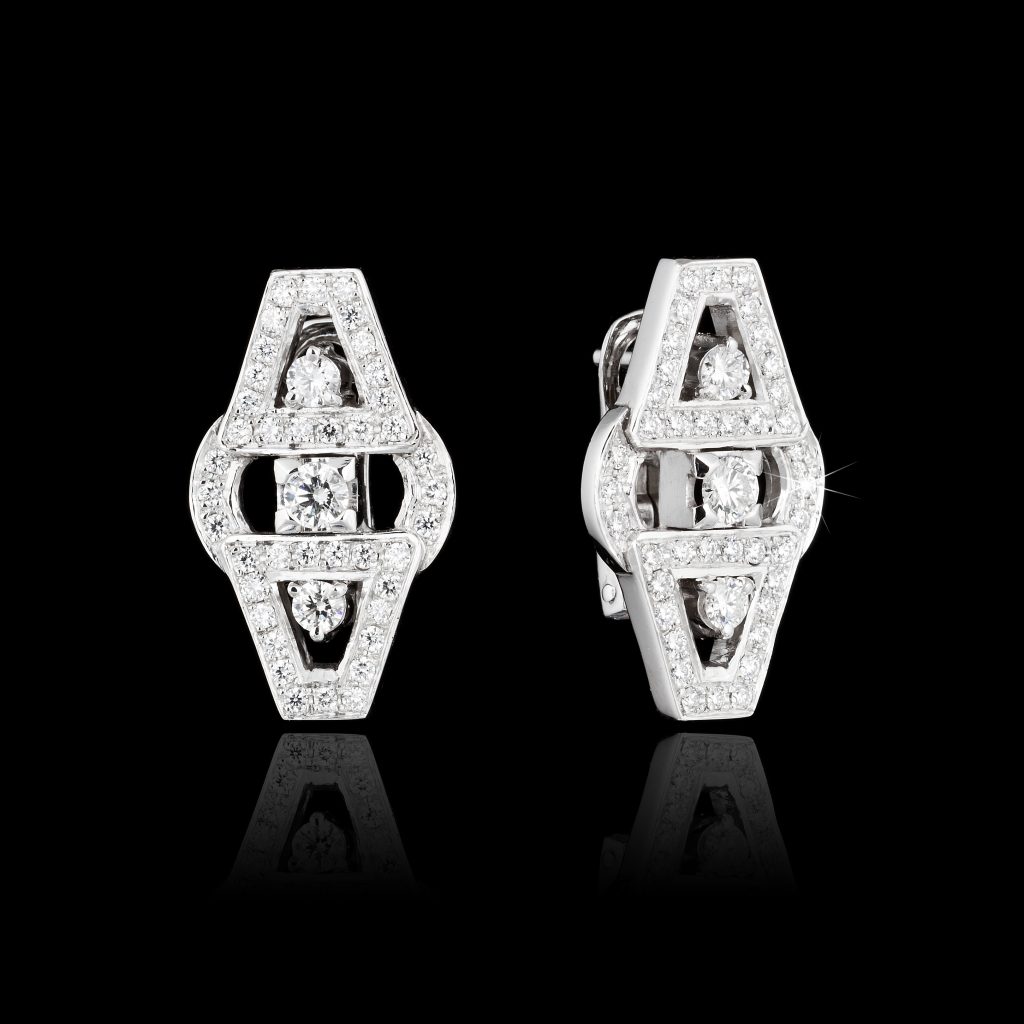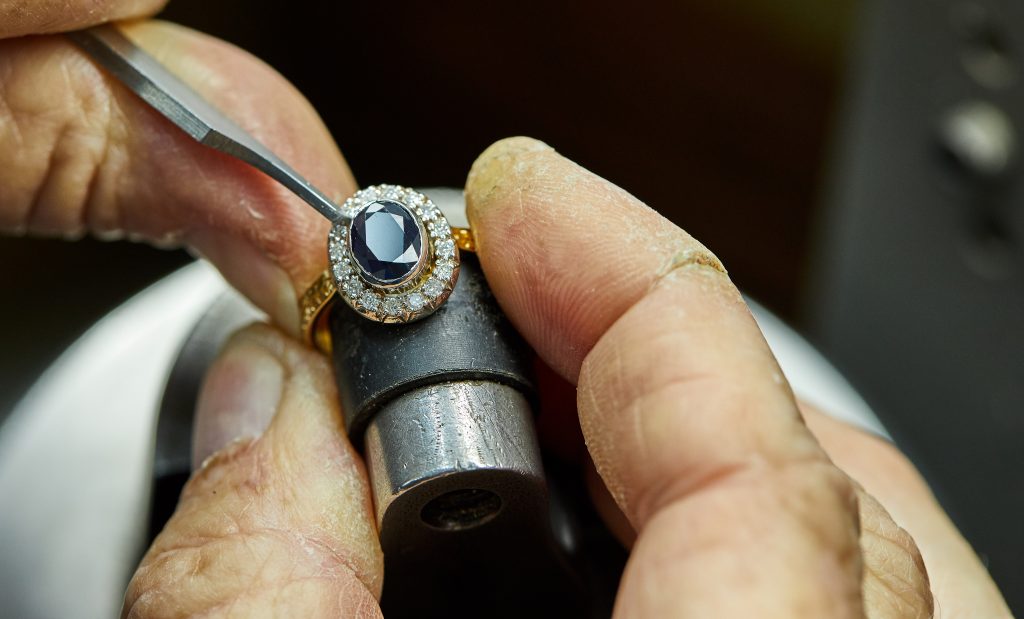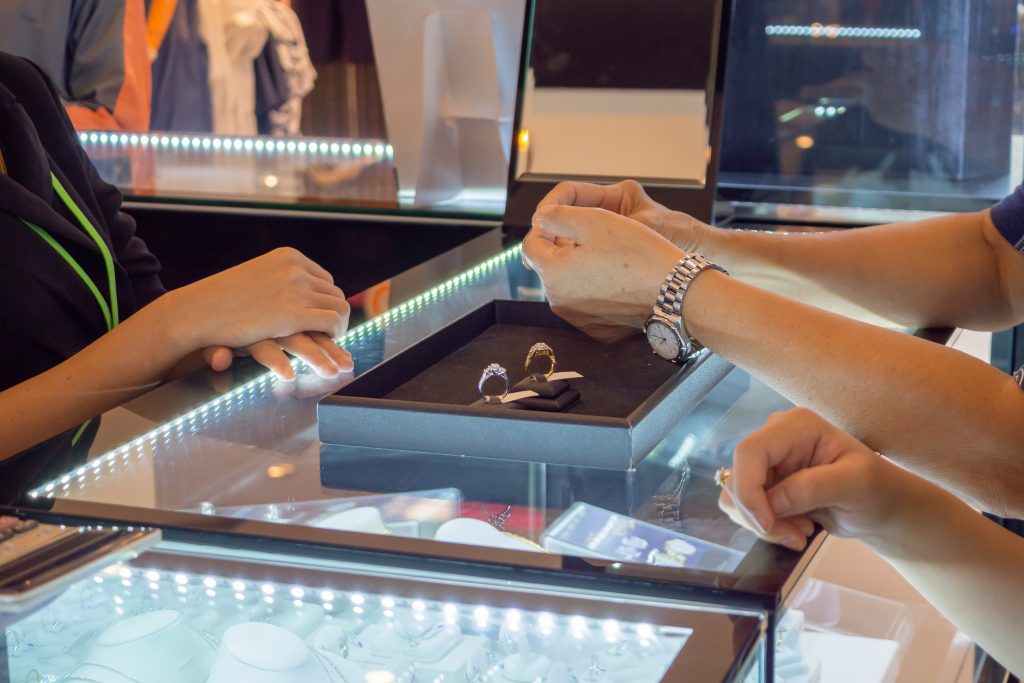
Jewellery
Jewellery (or jewelry in American English) consists of decorative items worn for personal adornment, such as brooches, rings, necklaces, earrings, pendants, bracelets, and cufflinks. Jewellery may be attached to the body or the clothes. From a western perspective, the term is restricted to durable ornaments, excluding flowers for example. For many centuries metal such as gold often combined with gemstones, has been the normal material for jewellery, but other materials such as glass, shells and other plant materials may be used.
Jewellery is one of the oldest types of archaeological artefact – with 100,000-year-old beads made from Nassarius shells thought to be the oldest known jewellery. The basic forms of jewellery vary between cultures but are often extremely long-lived; in European cultures the most common forms of jewellery listed above have persisted since ancient times, while other forms such as adornments for the nose or ankle, important in other cultures, are much less common.

Form and function
Humans have used jewellery for a number of different reasons:
- functional, generally to fix clothing or hair in place.
- as a marker of social status and personal status, as with a wedding ring
- as a signifier of some form of affiliation, whether ethnic, religious or social
- to provide talismanic protection (in the form of amulets)
- as an artistic display
- as a carrier or symbol of personal meaning – such as love, mourning, a personal milestone or even luck
- considered it as a good investment

Materials and methods
n creating jewellery, gemstones, coins, or other precious items are often used, and they are typically set into precious metals. Platinum alloys range from 900 (90% pure) to 950 (95% pure). The silver used in jewellery is usually sterling silver, or 92.5% fine silver. In costume jewellery, stainless steel findings are sometimes used.
Other commonly used materials include glass, such as fused-glass or enamel; wood, often carved or turned; shell sand other natural animal substances such as bone and ivory; natural clay; polymer clay; Hemp and other twines have been used as well to create jewellery that has more of a natural feel. However, any inclusion of lead or lead solder will give a British Assay office (the body which gives U.K. jewellery its stamp of approval, the Hallmark) the right to destroy the pieces, however it is very rare for the assay office to do so.

Gemstones
Diamond
Sapphire
Ruby
Emeralds
Jade
Pearl

Expensive Jewelry
We also know that these metals are then embellished with rare and precious gemstones and diamonds. However, not all diamonds are created equally – either in their original form, or in their crafter’s hands. We’re not just comparing a stark difference such as a diamond with topaz, but even diamonds with diamonds.
